2019 B2B Marketing Predictions

Every year, C42D predicts the top trends that we see driving B2B marketing. Following up on the heels of our successful webinar of the same name, we've expanded on our seven predictions plus a bonus eighth prediction. Find out what momentum-sapping challenges are on the horizon, how voice is changing and if blockchain can evolve to escape the Trough of Disillusionment... and much more! Read on to become smarter than you were yesterday.
It’s a fraught time for marketers. Technology is changing so quickly it can be tough to keep up. Facebook, Google, and Twitter seem to be ping-ponging controversies back and forth to one another. Consumers are getting serious about data security and privacy.
But it’s also an exciting time. There are more channels than ever for brands to communicate on, meaning ample opportunity to make a connection with potential customers. The digital world has taken marketing’s old rules and cast them off to the side. Experimentation and innovation are rewarded, and stagnation is a death knell.
This year promises to bring about more line-blurring, detours and shifts that make us rethink what we thought we knew about marketing. So we did our best to predict what’s to come this year that marketers will want to get ahead of. Here are seven bold, educated guesses:
Data Privacy is the Earthquake That Will Reshape Marketing
The Skinny: Remember May 25, 2018? The day everyone scrambled to update their privacy policies, and every website you visited had a new popup about cookies? Thanks to the General Data Protection Regulation out of the EU, data protection was suddenly front and center. Lest brands think GDPR was a one-time headache, GDPR signals the start of a new permanent reality.
The American Data Dissemination Act, The Social Media Privacy and Consumer Rights Act of 2019, The Washington Privacy Act, and New York’s Right To Know Act of 2019: these are pending U.S. legislation that brands need to keep an eye on. People are hotly debating data privacy and protection, and it’s not a conversation that is going to quiet down anytime soon.

The Takeaway: If you process any personal information—that could be an email address and someone’s name—you’ll need to remain diligent about privacy and security amidst an increasingly complicated and confusing regulatory landscape. One thing brands shouldn’t do? Hide under the covers. Sure, you can opt to lock users from designated geography from accessing your apps, sites, and content—but why exactly would you want to do that?
The solution is to take a good long look at your privacy policy and your communications to consumers around it. Is your privacy policy correctly worded, and are you following it? Are you doing the things that you say you’ll be doing? Is your business model itself or your marketing methods threatened by this new reality?
Overall, brands must focus on keeping trust at center stage and maintaining that trust with customers and prospects. In the future, consumers may be presented with a dialog box that says: “This app needs to access your location so it can sell your data to third parties?” How many people are clicking “Allow” to that? Brands must start preparing how to navigate these fraught waters now.
Blockchain Crawls Out of the Ocean
The Skinny: If we think of Blockchain as a prehistoric amphibian fish, this might be the year that Blockchain emerges from the water, grows legs, and starts walking the earth. Maybe that’s a bit quick on the evolutionary scale, but Blockchain has to date pretty closely followed the hype cycle.
Moreover, it’s at the point where it will start crawling up the slope of enlightenment because Blockchain is being used more and more in real-world applications. 65% of enterprises with over 10,000 employees are considering or actively engaged in Blockchain deployment. Major companies like IBM, Microsoft, and Wal-Mart are utilizing Blockchain to handle logistics, agriculture, finance, data security and more.
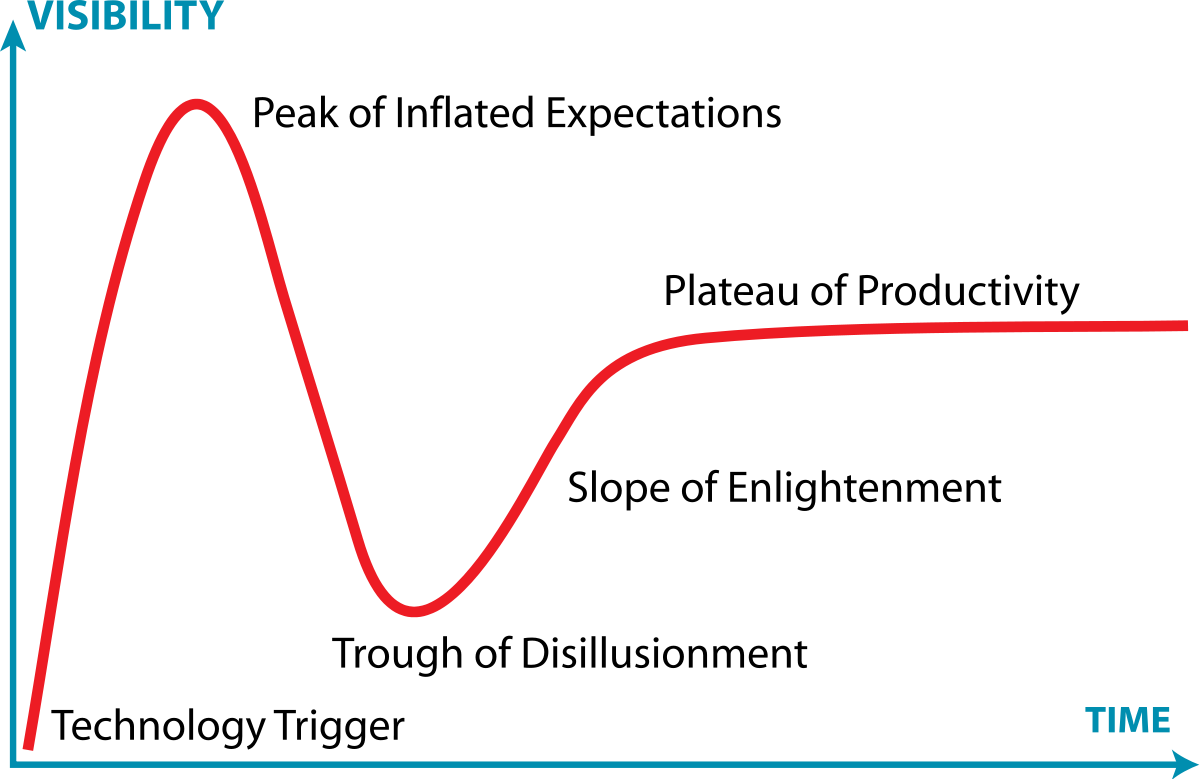
© Gartner
The Takeaway: Marketers have said that Blockchain and search engine marketing will eliminate the digital middleman like Facebook and Google… however, those behemoths aren’t going anywhere. Blockchain is relevant to marketers for its ability to provide trust. Consumers, particularly younger ones, really value clarity. Blockchain will help brands communicate to consumers that the content they’re offering is truly personalized, current, and accurate, and that’s a win for everybody.
One tangible example is BAT, which is the Basic Attention Token, by Brave Software. It allows advertisers to pay people directly in tokens for viewing their ads. For advertisers, they get a better return on their investment, through better targeting, and reduced fraud, because they know they’re communicating with the real people. The publishers make out too; they get BATs based on user attention, revenue increases, inefficiencies decrease.
Another example is lead generation built on Blockchain. This will allow customers to sell their personal data by exchanging tokens, giving them control over their data, and marketers get a massive database of up to date high quality leads.
Voice is Changing
The Skinny: Alexa, Siri, Google are all improving, and voice devices will be another big purchasing sensation in 2019 as they were last year. That’s merely keeping up with demand. By 2020, 50% of searches will be conducted by voice, and 30% will be done without a screen at all. That paints a vastly different picture than our current screen-dominated lifestyle. Over a quarter of enterprises have already adopted voice technology to improve customer experience, and half say they will deploy the technology within the year.
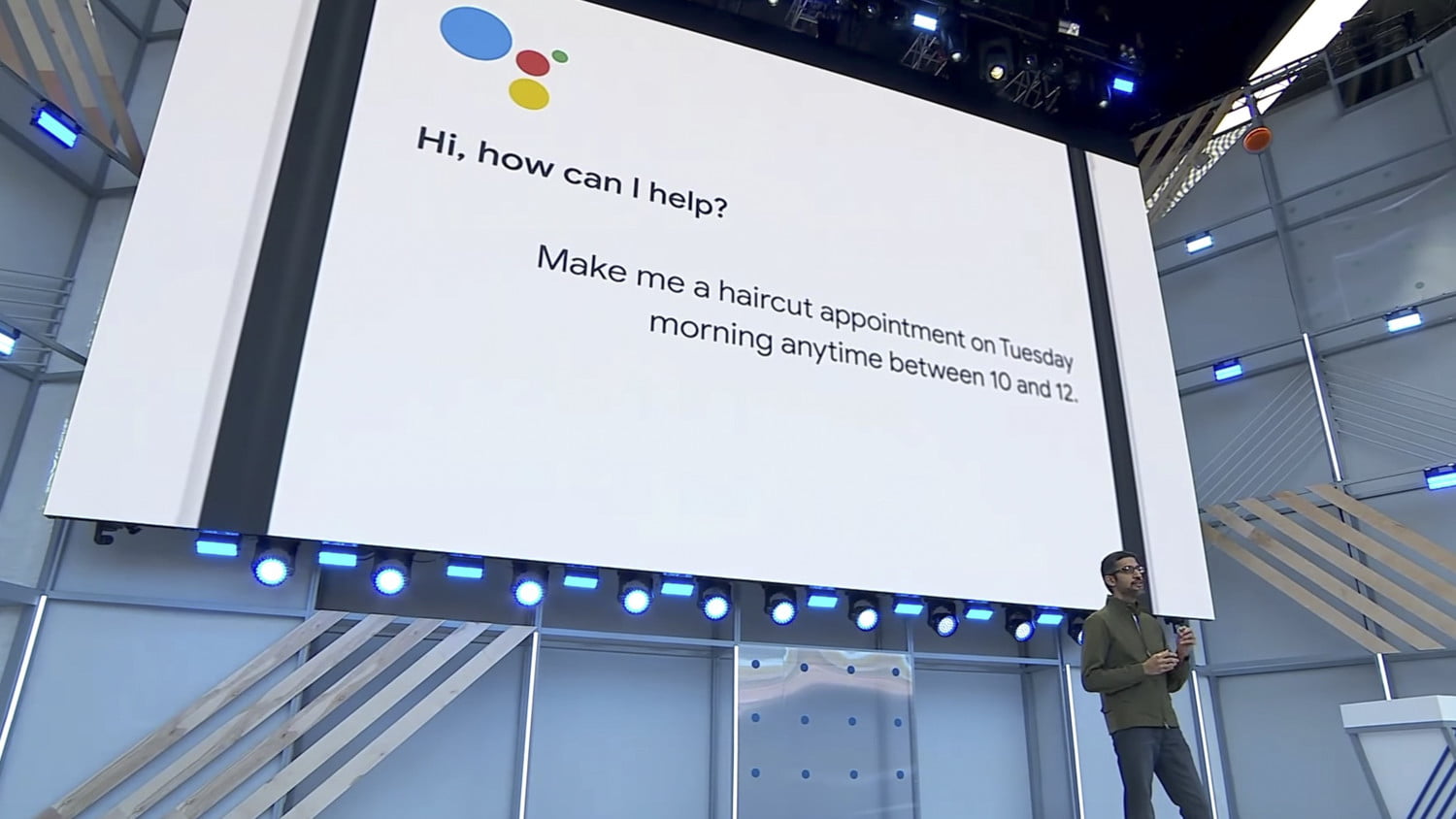
The Takeaway: Hospitality, personal and business planning and scheduling, and travel are some of the spaces we see rapid growth in voice. Think about ordering room service or booking plans and the ease of use that smart voice technology allows. Google’s high-powered AI, Duplex, promises an even more seamless future—the Duplex future is one where you may not be able to tell whether you’re speaking to a computer or a person, which will have significant implications for customer service across industries.
From a branding perspective, aspects like vocabulary, tone, syntax, are going to have to be on-brand. Brands who never had to think about what their brand sounded like must begin crafting their literal voice. It’s going to become part of any significant branding initiative is how your voice marketing comes across and connects with consumers.
B2B and B2C Barriers Continue to Crumble
The Skinny: Where there were once clearly differentiated strategies and creative for B2C and B2B verticals, we’re now starting to see a blurring of the line. That’s because B2C experiences have shaped B2B buyer expectations. Josh Mueller, Head of Marketing at Dun & Bradstreet, illustrates it well: “Individuals don’t turn off a part of themselves,” he says. The people buying B2B services are, well, people too. They’re used to a certain kind of curated, personalized relationship with brands, and that doesn’t change when they’re looking to purchase for their businesses.”
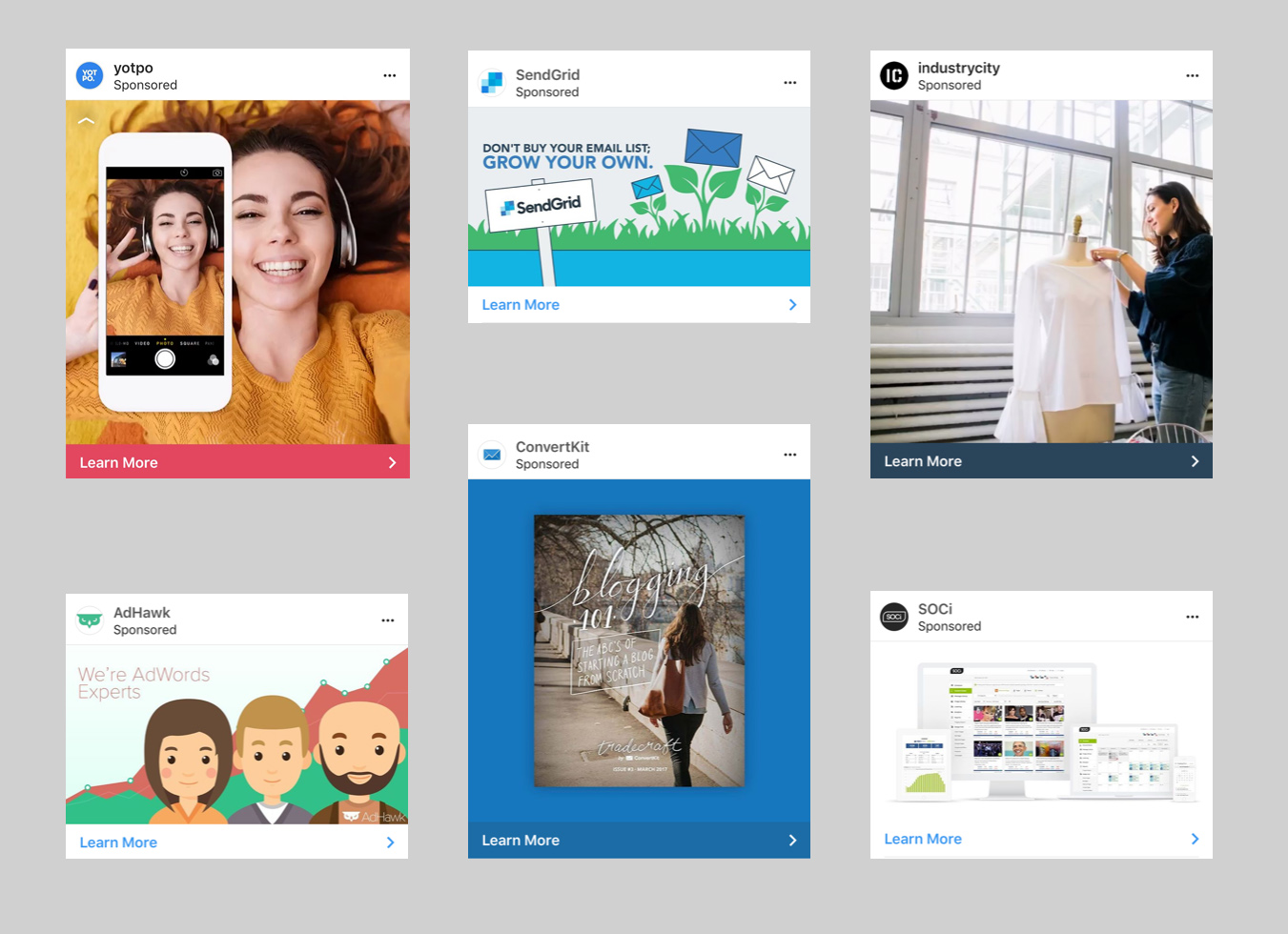
The Takeaway: Marketing a business, product, or service with a lifestyle approach it’s no longer off limits. This applies to brands seeking to market to a younger demographic, or, the world’s future decision makers.
WeWork has injected a lifestyle approach into the traditionally stale and stodgy world of commercial real estate. Adobe, a large enterprise, has positioned itself as champions of the individual, even as a considerable part of their business is selling to other enterprises and companies. These two have realized that realized B2B market to businesses, but human beings make the purchasing decisions. Every B2B marketer today should take note.

Premium Digital Experiences Are Now Table Stakes
The Skinny: Consumers’ expectations are only continuing to rise. They want premium experiences from all the brands they interact with, so it’s on marketing teams to create sticky, memorable content and platforms.
Also, this isn’t just serving one master. Ninety-five percent of B2B leaders say customer experience is their gateway to growth, while 90% see customer experiences as critical to their strategic priorities. B2B brands leading the customer experience charge are experiencing higher margins, higher client satisfaction scores, and greater employee satisfaction.
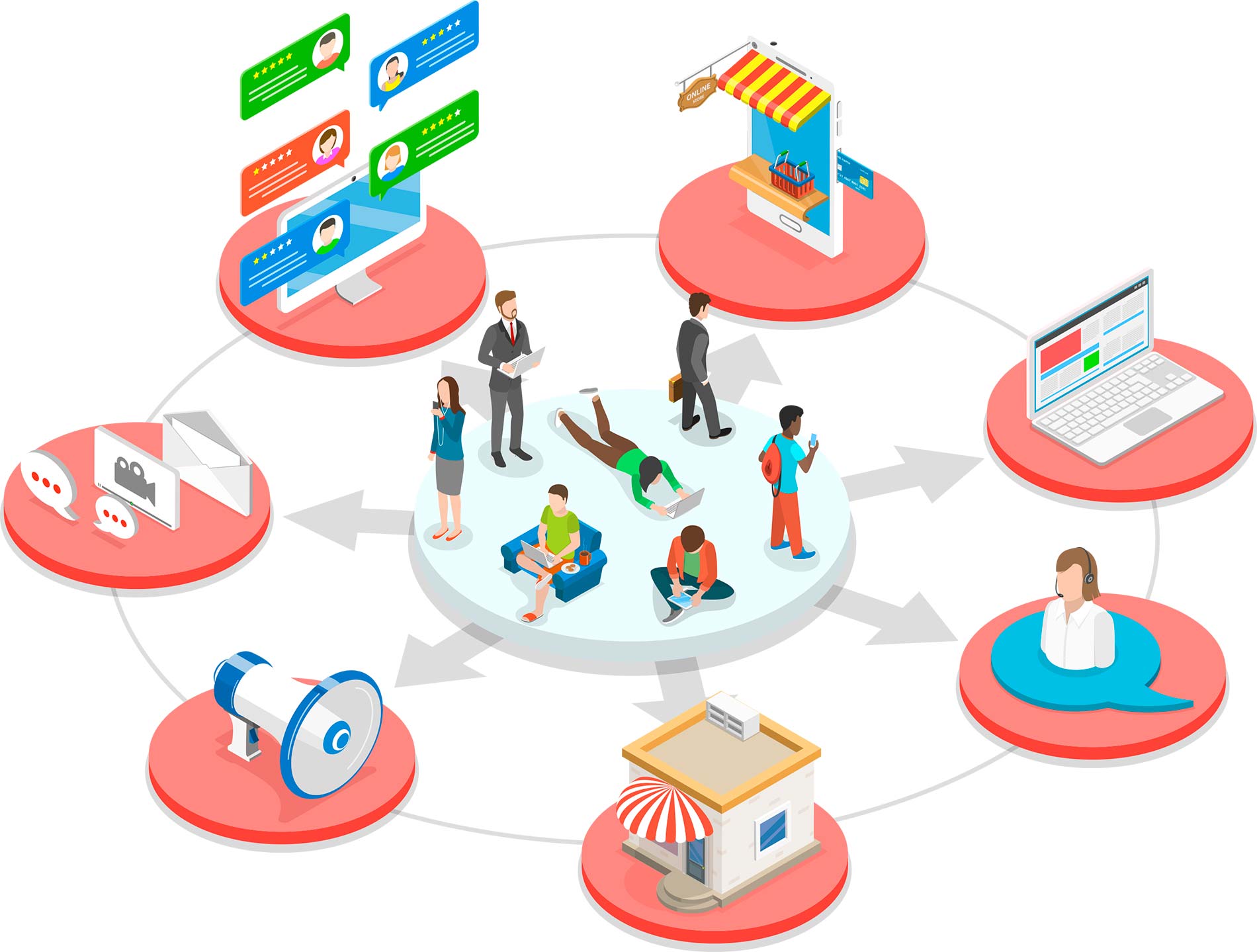
The Takeaway: The average B2B customer moves through six channels as they make their purchase decision. Brands must create seamless, consistent and straightforward omnichannel experiences.
Mixed messages and off-brand, outdated content can cause disengagement, which crucially lowers trust, which is among one of the essential factors marketers have to cultivate today. Make your messages clear, make your UX intuitive, and make your content valuable. Make it something the audience is going to love.
Social is No Longer a B2B Afterthought
The Skinny: There’s a bizarre misconception that continues to float out amongst the B2B world that social media is an afterthought—that it’s the place for B2C companies to have some fun and serious B2B marketers should stay away. That couldn’t be further from the truth: 83% of executives are using social media in their decision making to hire vendors. Of those executives, 92% say that social media influenced a recent purchasing decision.
Yes, prospects are looking at your Facebook, Twitter, Instagram, and LinkedIn pages – will they connect with what they find? Does it build confidence and trust?
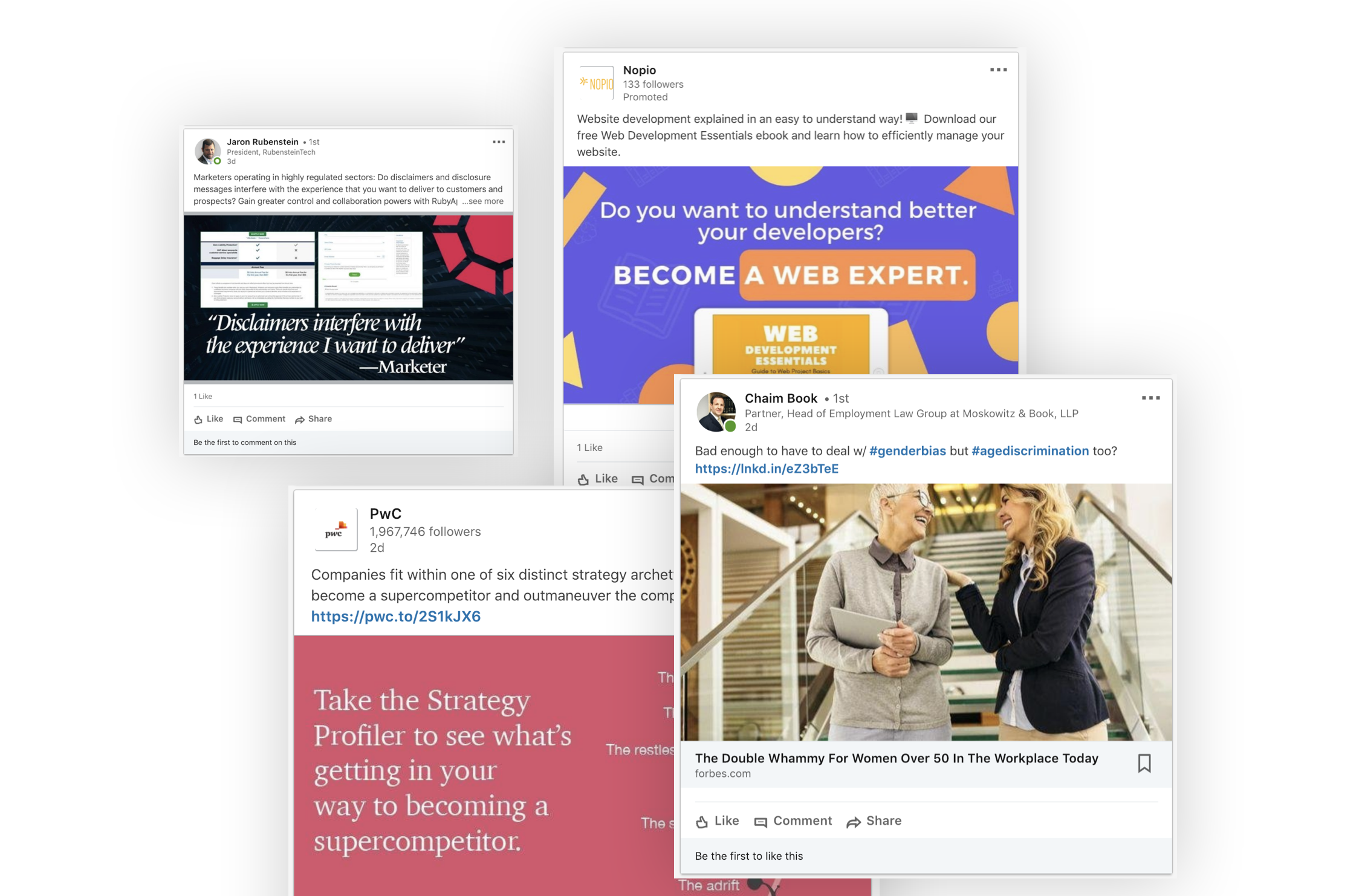
The Takeaway: B2B companies have to commit to crafting a compelling, consistent voice on social media. Now, not every channel will be the best fit for every company, but chances are at least one of the big four is a fertile ground for B2B companies to be mining. These platforms present an opportunity for B2B brands to become thought leaders, share their brand POV, and promote useful content, all while connecting intimately with potential customers in the places they are already spending their time.
Clarity and Storytelling Take Center Stage
The Skinny: This may not seem like a trend for the year 2019. After all, marketers have been trying to sell their products with clear-cut messaging and compelling stories for centuries. Why, then, are there still so many bad websites? Why are there so many desolate social media feeds? Why are there confounding advertisements? In a busy, fast-paced, often confusing media world, brands can cut through the noise by creating content that sticks. However, content can’t be created for content’s sake.

The Takeaway: All of your content will fall flat without a great story behind your brand. That’s the foundation. Every company must take time to build the backbone of their brand story before crafting any content and blasting it out into the world.
Brand stories should be built in a similar way to the timeless stories told in our most significant books and movies. The framework is the same. The main character in your brand story is your prospect or customer. The character has a problem—sales are down, the competition is killing us, investors are angry. They need a guide, a solution. Also, that guide is going to lead them to a plan to solve the problem. Then they’re going to call them to take action, which will result in success or failure.
From the IT person who first found to your website, to the VP of Marketing, to the CMO and the CEO, you’re going to want to know who they are and what problem they have that you can solve. You’re going to want to have a story crafted for each one. This helps create the overarching brand story from which all your marketing messages are all coming from.
BONUS PREDICTION! Startup Branding Breaks Out of a Rut
The Skinny: Natasha Jen, a partner at Pentagram, says: “Think about the startup look. Hyperclean, sans-serif fonts typed out literally as a logotype, placed on a solid-colored background with a silhouetted product shot. It’s amusing and alarming that we ended up at a point where one look can be applied to anything, sell anything. Luggage, toothbrush, shoes, cosmetics, pet products, insurance. You name it.”
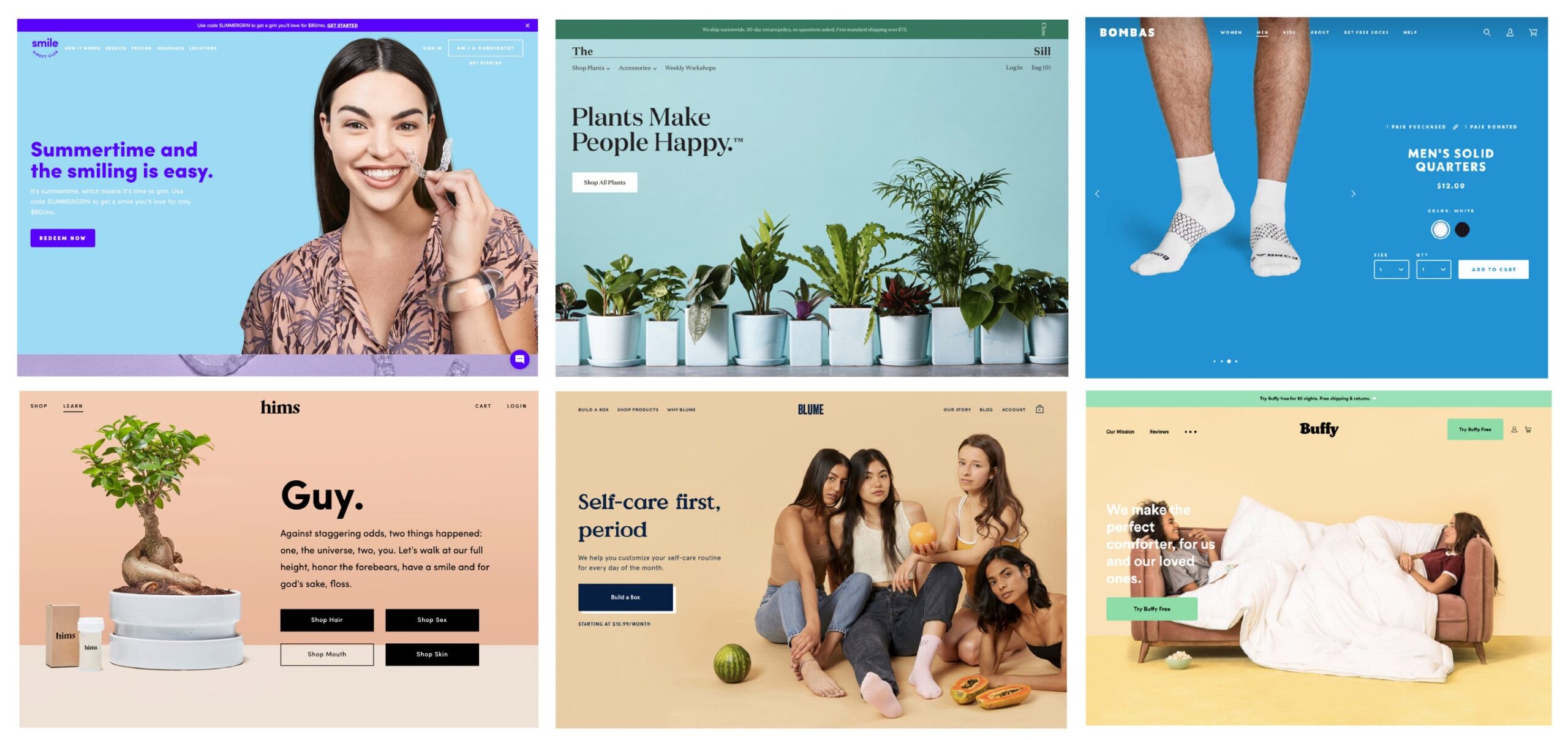
Where did we lose differentiation and uniqueness?
The Takeaway: Creativity, by nature, is always evolving and changing. When it comes to positioning your brand, and creating a distinctive brand identity, you want to have something that doesn’t necessarily look like everyone else. You want something that’s ownable, that’s specific to your brand, that reinforces your key messages, and ideally, your design language is in synergy with all of the attributes that your brand stands for.
Conclusion
What binds these predictions together is a sense that we’re on the edge of a fascinating new era, perhaps a tipping point in how consumers interact with brands. Thus, how brands think of themselves, position themselves, and market themselves may begin to look and feel unlike anything else from the past. A marketing world divorced from its history might sound daunting. However, when it’s not just the rules that have changed, but the game itself, the door is open for anyone willing to play it.
If this article helped you, please help us by sharing it or recommending to a friend. Thank you!


